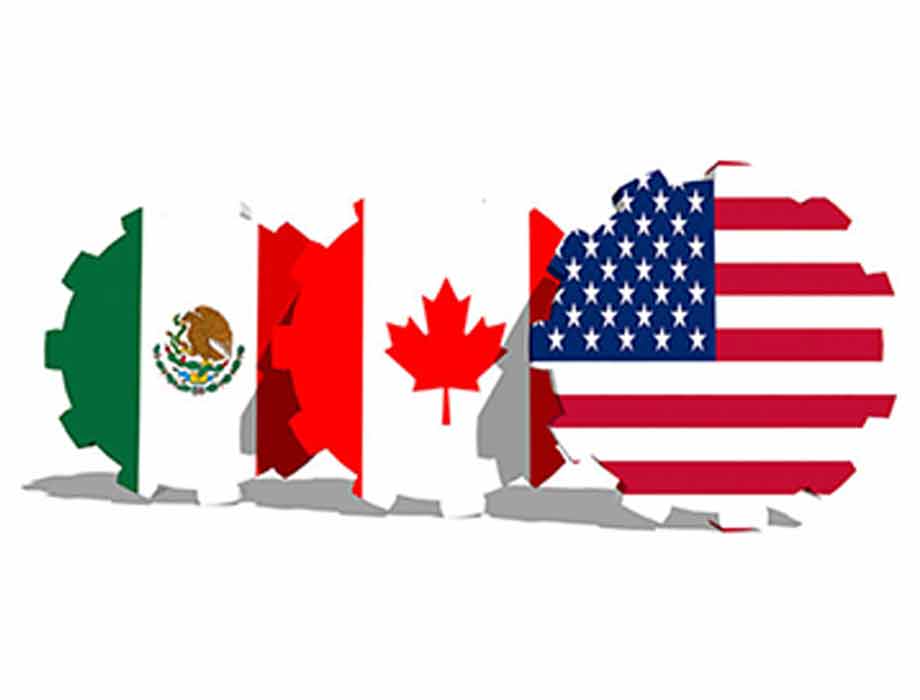According to information from the National Institute of Statistics and Geography (INEGI), in 2023 Mexico exported $593,005.30 million dollars and of this amount, $508,192.98 million dollars corresponded to North America (86%): the United States received 83% of Mexico's total exports and Canada 3%.
In this regard, the Mexican Institute of Finance Executives (IMEF) pointed out that the rest of the Latin American countries only export around 40% of the manufactured goods that Mexico sends thanks to the TMEC, which modernized the North American Free Trade Agreement (NAFTA) of 1994.
Currently, the treaty is in force for 16 years (until 2036) and in the next review in July 2026, the countries may decide to extend the current term for an additional six years, i.e. until 2042. Otherwise, they will have to carry out annual reviews until the original term (2036) is reached.
The IMEF warned that any element that creates uncertainty about the future of the trade relationship between Mexico and the United States could discourage the appetite for investment, although it is still too early to infer whether the upcoming elections in the U.S. could affect the UMSCA.
Jessica Roldán Peña, vice-president of the Technical Advisory Committee of the IMEF Indicator considered that the United States seeks to reduce trade with China and, given the environment of relocation of global value chains, known as "Nearshoring", Mexico could be favored, but she pointed out that the environment is highly uncertain.
One of the main advantages of nearshoring in Mexico is the geographic proximity between neighboring countries, which reduces transportation costs, logistics, delivery time and improves the quality of customer service. Similarly, as a more important point, even though today there are countries where production costs can be further reduced, Mexico is much more stable and secure in the event of any eventuality, whether economic or sanitary, due to the fact that the T-MEC was established as a trilateral agreement.
In this regard, the Mexican Institute for Competitiveness (IMCO) highlighted the importance of ensuring that Mexico, the United States and Canada comply with the commitments established in the TMEC, so that they arrive at the review with the necessary arguments to guarantee the stability that the regulatory framework of the agreement grants to the trilateral trade relationship.
He stated that this stability has allowed, among other things, Mexico and Canada to increase their role as suppliers of U.S. imports, and to exceed the amount of U.S. imports from China.


























